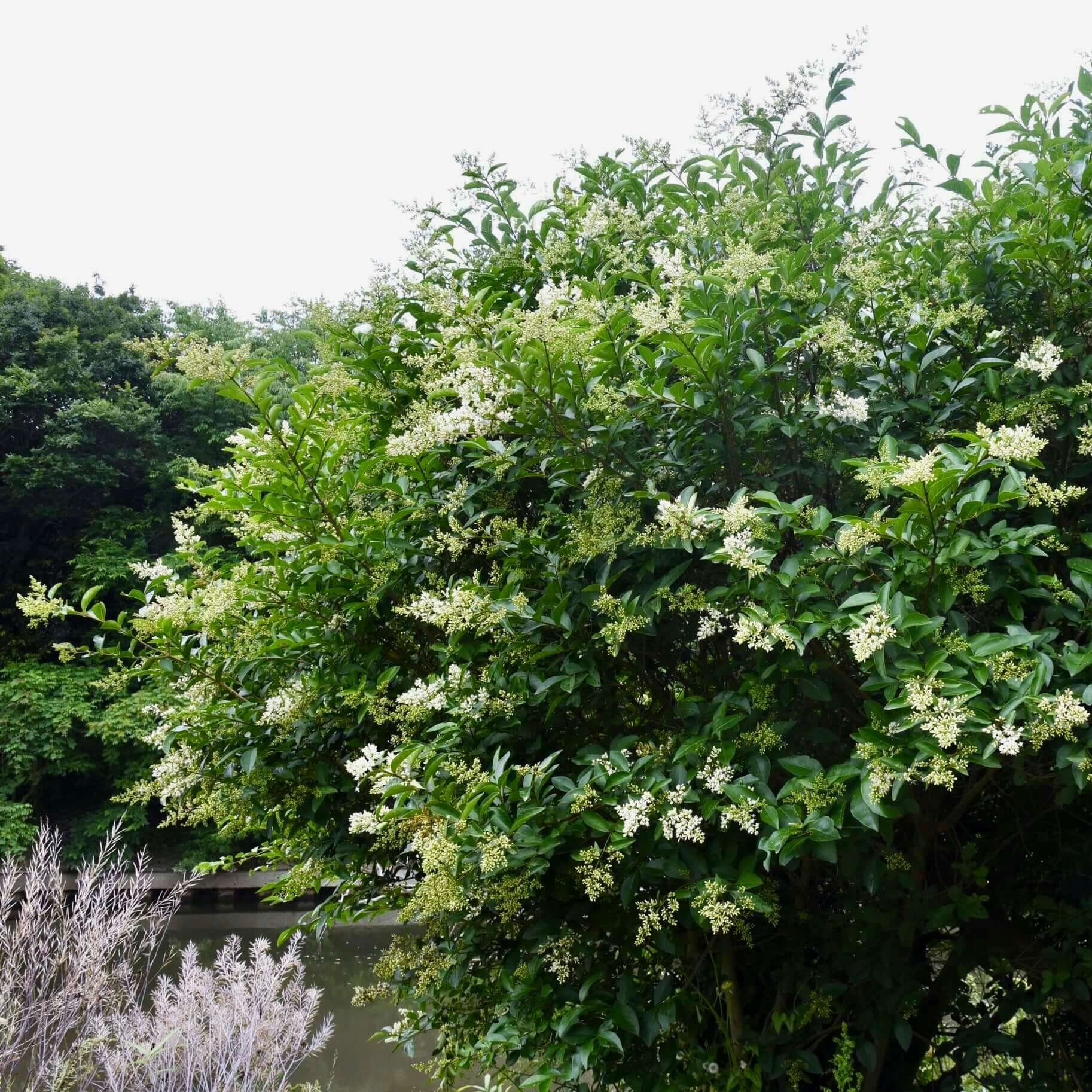The Privet Plant: A Versatile and Hardy Shrub
The privet, a genus of flowering plants belonging to the olive family, Oleaceae, encompasses a diverse range of shrubs and small trees. Renowned for their adaptability, hardiness, and attractive foliage, privets have become popular choices for landscaping and gardening purposes worldwide. This comprehensive guide delves into the various aspects of privet plants, from their botanical characteristics to their cultivation and uses.
Privet plants are characterized by their simple, opposite leaves, which can be either deciduous or evergreen, depending on the species. The leaves are typically oval or elliptic in shape and range in color from dark green to variegated shades of green and yellow. The flowers of privet plants are small and tubular, often white or creamy in color, and are borne in clusters. These fragrant blooms attract pollinators such as bees and butterflies. The fruit of the privet is a small, berry-like drupe, which can be black, blue, or purple when ripe.

The genus Ligustrum comprises numerous species, each with its own unique characteristics and growth habits. Some of the most common types of privet include:
Common Privet (Ligustrum vulgare): This deciduous shrub is native to Europe and Asia and is widely cultivated as a hedge plant. It is known for its rapid growth, tolerance of various soil conditions, and ability to withstand pruning.
:max_bytes(150000):strip_icc()/privet-hedges-for-privacy-2132252-hero-f9f7707ae1934482830d2225c9e02ea0.jpg)
Privet plants are relatively easy to grow and maintain. They thrive in a variety of soil types, including clay, loam, and sandy soils. They prefer full sun but can tolerate partial shade. Privet plants are drought-tolerant once established but benefit from regular watering, especially during dry periods.
Pruning is an important aspect of privet care, as it helps to maintain the desired shape and size of the plant. Privet plants can be pruned in late winter or early spring before new growth begins. Regular pruning also promotes denser growth and more abundant flowering.
Privet plants have a wide range of uses in landscaping and gardening. Some of the most common uses include:

Hedging: Privet plants are ideal for creating formal or informal hedges. They can be pruned to various heights and shapes, making them versatile for different landscaping styles.
While privet plants are generally beneficial, it is important to be aware of their potential drawbacks. Some species, such as the California Privet, are considered invasive in certain regions. They can spread rapidly and outcompete native plants, disrupting local ecosystems. Additionally, privet berries can be toxic if ingested, so it is important to keep children and pets away from them.

Privet plants are versatile and hardy shrubs that can enhance the beauty of any landscape. With proper care and maintenance, they can provide years of enjoyment. By understanding the different types of privet and their specific needs, you can select the best plants for your particular gardening goals. Whether you are looking to create a formal hedge, a privacy screen, or a foundation planting, privet plants are an excellent choice.
Privet Plant
:max_bytes(150000):strip_icc()/privet-2000-82bcda86c77a41c198d725f178c858f0.jpg)
